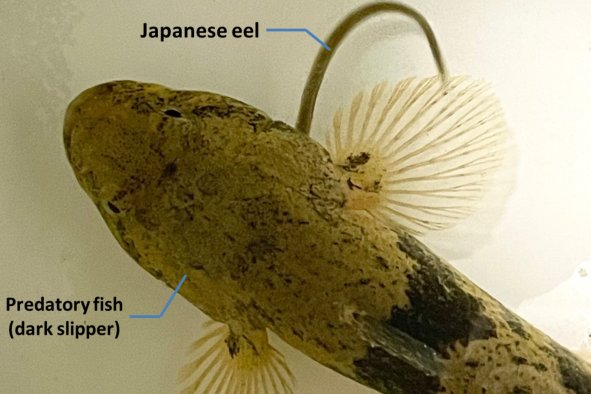A "very rare" Celtic helmet that could be up to around 2,400 years old has been unearthed at an archaeological site in Poland.
The helmet was uncovered at the "Łysa Góra" site in Poland's Mazovia region by a team from the State Archaeological Museum in Warsaw and the Department of Archaeology at the University of Warsaw.
The find was among nearly 300 other artifacts that were uncovered during excavations this year, Science in Poland reported.
According to excavation leader Bartłomiej Kaczyński, the helmet is the first to be found in Poland and an example of advanced Celtic metallurgy.
"At first we thought it might be some kind of ancient vessel, because bronze vessels are much more common on Polish soil than helmets. It was only during the discovery of one of the characteristic elements, the so-called neck piece—i.e. an arched plate near the edge—that Dr. Andrzej Maciałowicz of the UW Department of Archaeology pointed out that it could be a helmet," Kaczyński, who is affiliated with the State Archeological Museum, told Science in Poland.
The helmet is thought to be associated with the Late Iron Age La Tène culture of the European Celts, which spread across much of the continent. This culture originated in the mid-5th century B.C. when Celtic peoples came into contact with Greek and Etruscan influences from the south of the Alps. It persisted for several centuries, passing through several phases, until disappearing just before the turn of the first millennium B.C. when most Celtic lands came under the control of Rome.
The culture's name is derived from the site of La Tène on Lake Neuchâtel, Switzerland, where the first associated objects were excavated in the late 19th century.
The helmet found recently at Łysa Góra is believed to date to the early La Tène period, which lasted between the 4th and 3rd centuries B.C. Helmets from this period are very rare finds, according to Kaczyński.
Previous archaeological investigations at Łysa Góra conducted as late as the 1970s and 1980s yielded La Tène artifacts, but they were mostly small and primarily fragments of objects that may have ended up at the site as a result of trade.
"However, the helmet is an example of the most advanced Celtic metallurgy and it seems that it may have been in the possession of a Celt. It was probably not given to this population, which existed at that time on the outskirts of any ancient world. The discovery therefore changes the previous perception of the scale of contacts with the Celtic world in the earlier pre-Roman period," Kaczyński said.
The recent investigations at Łysa Góra also uncovered hundreds of other items related to farming, logging and animal husbandry.
The team excavated so-called ax blades—iron axes with rectangular sections. They also found scythes for cutting grass or grain, as well as shear blades, probably designed for trimming sheep's wool.
Do you have a tip on a science story that Newsweek should be covering? Do you have a question about archaeology? Let us know via science@newsweek.com.
Disclaimer: The copyright of this article belongs to the original author. Reposting this article is solely for the purpose of information dissemination and does not constitute any investment advice. If there is any infringement, please contact us immediately. We will make corrections or deletions as necessary. Thank you.



